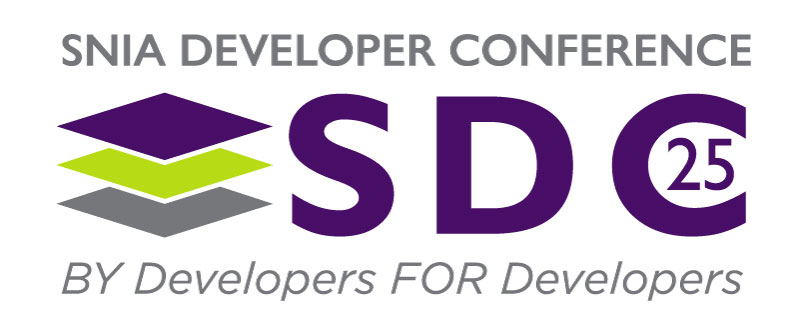The demand for data storage continues to grow exponentially with the overall data storage temperature cooling down with most data becoming cold after one month and subsequently infrequently accessed. Given the evolving storage pyramid and the growth of the overall storage ecosystem, especially cold storage, demand for significant capacity, longevity and sustainability scaling is increasing. In this presentation we are introducing a new storage technology using inorganic nano layers using ceramics that are 50-100 atoms thick to store information protected against most data storage media threats. Data can be written and read using laser or particle beam structuring the information in data matrices, in similar structures as the widely used QR-codes. The technology roadmap is projected to scale from 100 nm to 3 nm bit sizes, corresponding to areal densities of GB/cm2 to TB/cm2 class. The use of high-resolution microscopic imaging techniques for optical read or electron beam microscopy, for structures below the optic diffraction limit, enables the reliable retrieval of the data from the media. The volumetric data density mainly scales with the thickness of the substrate, which can be 100-300 µm thick sheets or 5 µm thick tapes coated with 10 nm thick ceramic coating. Particle beam writing on tape could achieve TB/mm3 class exceeding the storage density of all commercially available storage solutions today by an order of magnitude. Laser beam matrices will enable datacenter rack storage densities scaling from initial 10 PB systems to 100 PB using CeraMemory cartridges (2025-30) and 1 EB using CeraTape (2030-2035). Particle beam matrices will enable further scaling. The cost roadmap is expected to offer cost structures below projections of current commercial storage technologies. In addition to high density storage Ceramic Nano Memory is also able to enable writing of data at GB/s class speed providing for fast data ingest for data center rack solutions. GB/s class read speeds are enable by high-speed image sensors, in combination with advanced robotics access times are in the seconds-class domain down to a few seconds for performance optimized Ceramic Nano Memory systems. Lastly, given the ability to fully recycle the media and the low power write and read access as well as the media longevity Ceramic Nano Memory offers superior specs and cost combined with a strong sustainability value proposition. In summary, Ceramic Nano Memory is poised to address the density, performance and access paradigms as well as cost and sustainability demands of datacenters, offering a scaling path to the Yottabyte Era.
Ceramic Nano Memory – Data Storage for the Yottabyte Era
Christian Pflaum
Cerabyte - Ceramic Data Solutions Holding GmbH
Abstract
Learning Objectives
- Ceramic nano layers enable almost unlimited media life and extrem resilience to EMP, radiation, corrosion within a temperature range -273°C (-459.4°F) and 600°C (1112°F)
- The technology roadmap is projected to scale from 100 nm to 3 nm bit sizes, corresponding to areal densities of GB/cm2 to TB/cm2 class.
- The Volumetric data density mainly scales with the thickness of the substrate, which can be 100-300 µm thick sheets or 5 µm thick tapes coated with 10 nm thick ceramic coating.
- Laser beam matrices will enable datacenter rack storage densities scaling from initial 10 PB systems to 100 PB using CeraMemory cartridges (2025-30) and 1 EB using CeraTape (2030-2035).
- Ceramic Nano Memory technology combines cutting edge material science with the latest laser matrices and high-speed image sensor technologies to deliver GB/s class write and read speeds
Related Sessions
